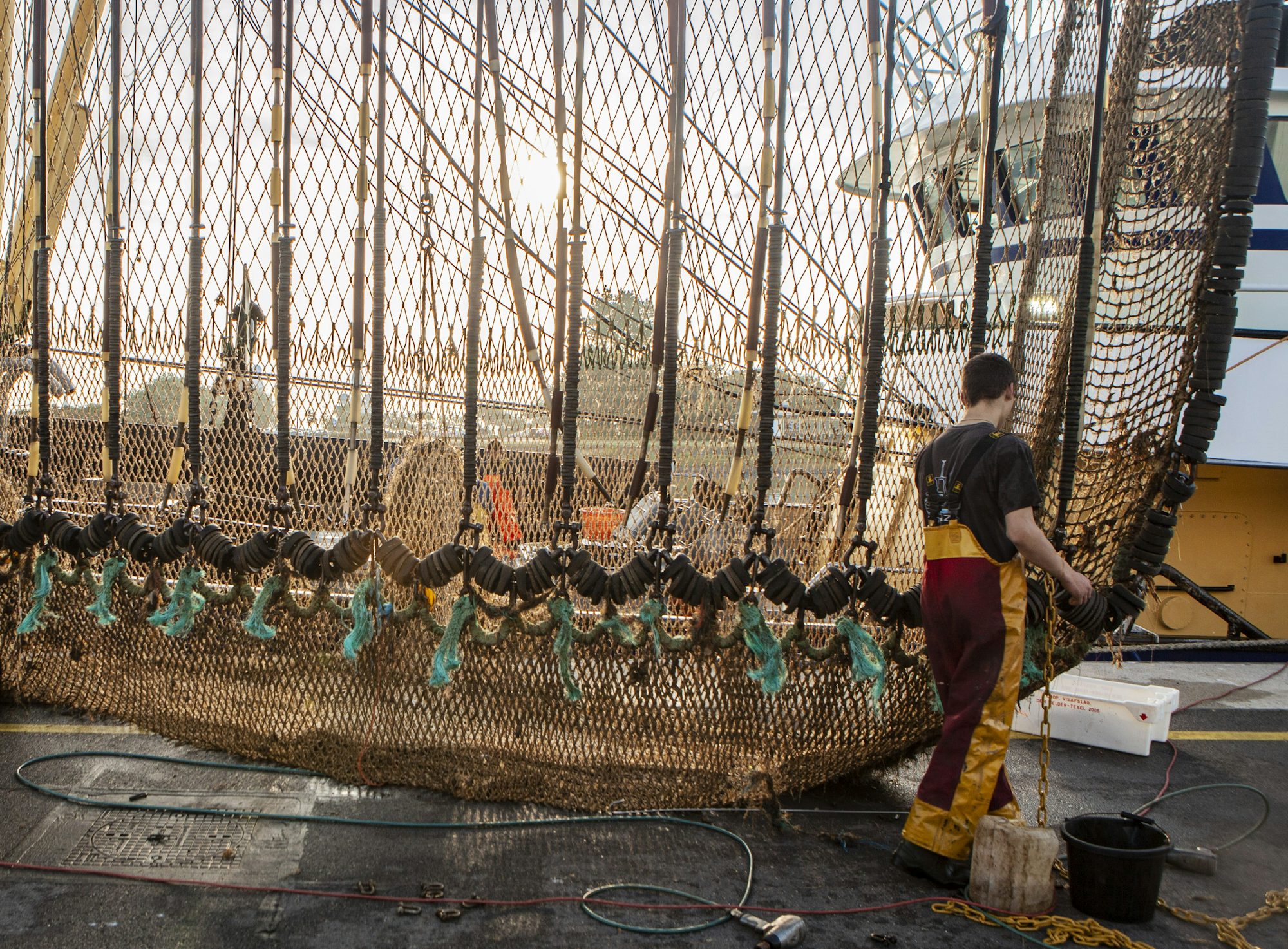
Exploring the Art of Fly Fishing: Techniques, Gear, and Best Practices
This article takes you on a thrilling journey through the world of fly fishing — from essential techniques to expert tips — with the same passion and precision you'd expect at Ferrari World.Understanding Fly Fishing
Fly fishing originated in Europe and has since become a popular sport worldwide. The technique involves casting lightweight artificial flies using specialized rods and reels. These flies are designed to float on the water's surface or sink, imitating insects or small fish that are part of a fish's diet. One of the key appeals of fly fishing is its ability to challenge anglers in both skill and strategy, making each outing a unique adventure.
The peacefulness of standing in a river, surrounded by nature, enhances the overall experience. Whether you’re wading in a stream or casting from a boat, fly fishing provides an opportunity to immerse yourself in the tranquility of the outdoors while pursuing fish such as trout, bass, and salmon.
Essential Gear for Fly Fishing
Having the right gear is crucial for an enjoyable fly fishing experience. Here are the essential items every fly angler should consider:
1. Fly Rod: Fly rods come in various lengths and weights, designed to accommodate different fishing environments and species. A versatile 9-foot rod rated for 5 or 6 weight line is a great starting point for beginners, allowing for adaptability in various situations.
2. Fly Reel: A quality fly reel complements your rod, providing the necessary drag system to control fish as they fight. Look for a reel that balances well with your rod and is durable enough to withstand the conditions of your fishing environment.
3. Fly Line: The type of fly line you choose can significantly impact your casting and presentation. Floating lines are ideal for surface fishing, while sinking lines are better for deeper waters. Ensure your line matches the weight of your rod for optimal performance.
4. Flies: Selecting the right flies is essential for successful fly fishing. Common types include dry flies, wet flies, streamers, and nymphs. Research the local aquatic life to determine which flies will be most effective based on the fish species and time of year.
5. Leader and Tippet: Leader lines connect your fly line to the fly and are typically made of monofilament or fluorocarbon. The tippet is a thinner line attached to the leader, providing invisibility in the water. Choosing the right strength and length is key to effective presentations.
6. Waders and Boots: Depending on your fishing location, waders can keep you dry while wading in rivers or lakes. A good pair of wading boots with appropriate traction is also essential for safety on slippery surfaces.
Techniques for Fly Fishing
Mastering the various techniques of fly fishing can elevate your experience and improve your success rate. Here are some fundamental techniques:
1. Casting Techniques: The fundamental casting technique in fly fishing is the overhead cast, which involves using the rod to make a smooth, controlled motion to send the line and fly forward. Practice your timing and rhythm to achieve accurate casts. Other casting styles, such as the roll cast, can be useful in tight spaces.
2. Mending: Mending is the technique of adjusting the position of your line after the cast to create a natural drift. This allows your fly to float naturally on the water's surface, increasing your chances of attracting fish.
3. Striking: Knowing when to set the hook is crucial. Pay attention to your line and watch for subtle movements that indicate a fish is interested in your fly. A quick upward motion can help secure the hook in the fish’s mouth.
Best Practices for Fly Fishing
Following best practices can enhance your fly fishing experience while promoting conservation and respect for the environment:
1. Research Local Regulations: Before heading out, familiarize yourself with local fishing regulations, including seasons, bag limits, and designated fishing areas. Respecting these rules helps maintain healthy fish populations and ecosystems.
2. Practice Catch and Release: To ensure sustainability, consider practicing catch and release. Handle fish gently and minimize their time out of the water to increase their chances of survival.
3. Respect the Environment: Leave no trace when fishing. Dispose of any trash properly and avoid disturbing wildlife. Stay on designated paths to minimize your impact on the surrounding habitat.
4. Learn from Others: Engage with the fly fishing community. Join local clubs, attend workshops, or connect with experienced anglers to learn new techniques and gain insights into effective fishing strategies.
Conclusion
Fly fishing is not only about catching fish; it’s about the journey and the connection to nature. By understanding the techniques, using the right gear, and adhering to best practices, anglers can fully appreciate the art of fly fishing. The serenity of casting a line into the water, the anticipation of a bite, and the thrill of reeling in a fish create a unique and fulfilling experience. So grab your gear, head to your favorite fishing spot, and embrace the adventure that awaits you on the water.